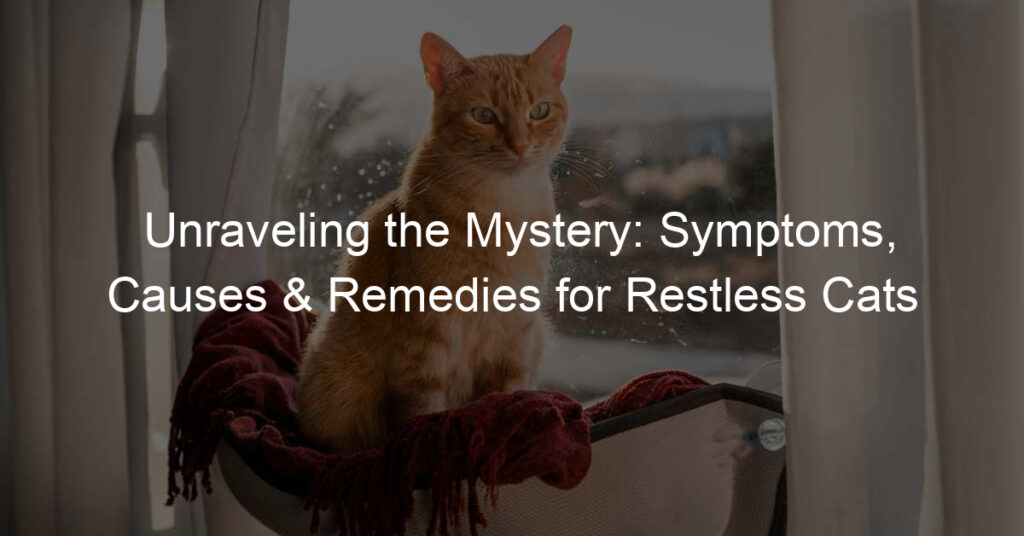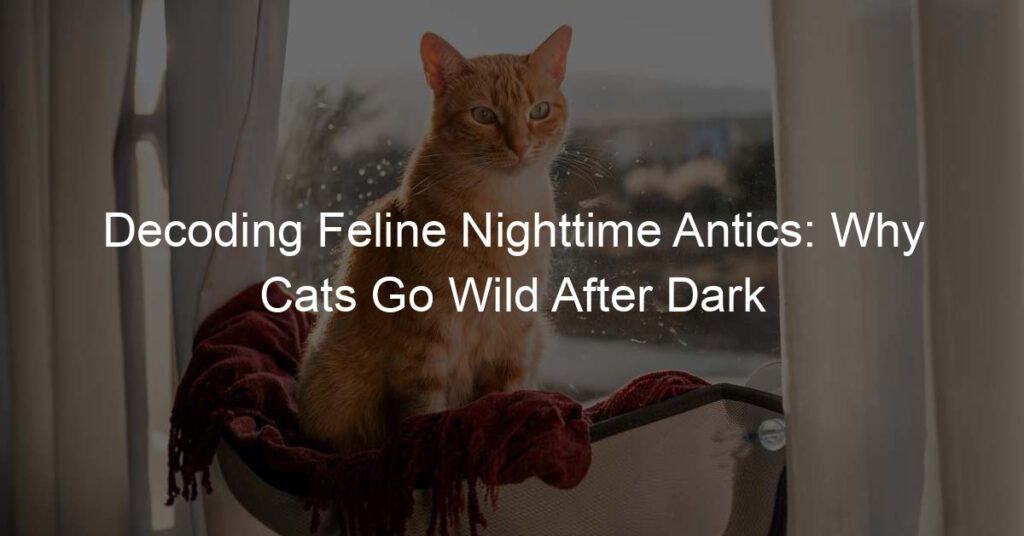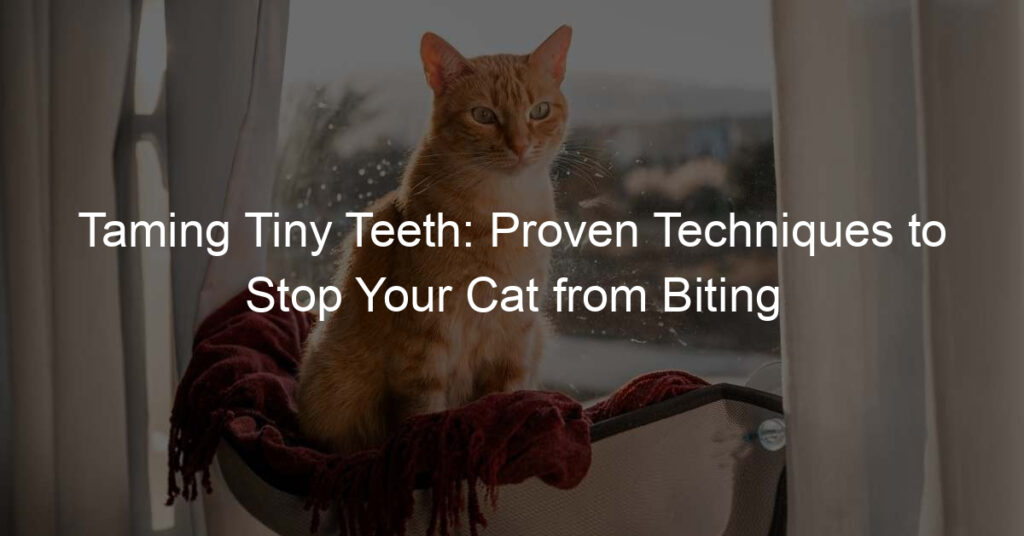Have you ever dreamed of having a feline companion but felt constrained by your allergies? What if we told you that owning a cat could still be within your reach? Hypoallergenic cats may be the answer you’ve been searching for. Although no cat breed is completely allergen-free, some breeds produce fewer allergens, making them more suitable for people with allergies.
In this comprehensive guide, we will delve into the world of hypoallergenic cats, exploring the top breeds, factors affecting cat allergies, and how to choose the right cat for your needs. Let’s embark on this journey to help you find the perfect feline friend that fits your lifestyle and keeps your allergies at bay.
Short Summary
- Hypoallergenic cats produce fewer allergens than other breeds, making them a viable choice for those with allergies.
- Five top hypoallergenic cat breeds include Siberian, Bengal, Russian Blue, Sphynx and Devon Rex cats.
- When selecting a hypoallergenic cat consider lifestyle considerations such as activity levels and grooming needs to create an allergen-free living space.
Understanding Hypoallergenic Cats

Hypoallergenic cat breeds are known for producing fewer allergens than other cats, making them a more suitable choice for people with allergies. However, it is crucial to understand that no breed is completely hypoallergenic. The primary attribute of these cats is their reduced production of the Fel d 1 protein, which is found in their fur, saliva, and dander. Some of the most common hypoallergenic cat breeds include:
- Siberian cats
- Bengal cats
- Russian Blue cats
- Sphynx cats
- Devon Rex cats
While it’s important to recognize that no cat breed is entirely allergen-free, hypoallergenic cats can be a breath of fresh air for those struggling with cat allergies. By producing fewer allergens, these feline friends offer a viable option for allergy sufferers who long to have a furry companion by their side.
Factors Affecting Cat Allergies

Cat allergies are primarily caused by proteins Fel d 1 and Fel d 4, which are present in cats’ blood, sweat, urine, saliva, cat hair, and dander. Dander, composed of minute particles of desiccated, deceased skin that the cat naturally sheds, is the principal trigger for the majority of people with cat allergies. It’s worth noting that male cats produce 3-5 times less Fel d1 and Fel d4 protein once neutered, and female cats produce less Fel d 1 protein than males.
Factors that influence a cat’s allergen production may vary even within the same breed. By understanding these factors and selecting a hypoallergenic cat breed that is known to produce fewer allergens, you can significantly reduce the risk of triggering allergic reactions and enjoy a more comfortable and allergen-free life with your furry friend.
Top Hypoallergenic Cat Breeds
In this section, we will explore the top hypoallergenic cat breeds, each with unique characteristics that make them more suitable for people with allergies. The breeds we will discuss include:
- Siberian cats
- Bengal cats
- Russian Blue cats
- Sphynx cats
- Devon Rex cats
These breeds shed less dander and produce lower levels of Fel d 1 and Fel d 4 proteins, making them a more suitable feline friend for people with allergies.
Siberian Cats
Siberian cats, originating from the Russian Federation, are hypoallergenic despite their long hair. These fluffy felines, known as the Siberian cat breed, produce relatively low levels of the Fel d 1 allergen when compared to other cat breeds. Not only are they hypoallergenic, but they are also known for their intelligence, athleticism, and affectionate nature.
Although Siberian cats do have long hair, regular grooming is necessary to maintain their hypoallergenic qualities. Weekly brushing is recommended to keep their coats well-maintained and minimize shedding and allergens. This breed’s unique combination of hypoallergenic traits and captivating personality makes them an excellent choice for allergy sufferers.
Bengal Cats
Bengal cats, known for their short, pelt-like cat fur coats and striking spots and stripes, are hypoallergenic due to their unique coat that sheds very little. Their hypoallergenic nature is a result of their Asian leopard cat ancestors. This breed has been gaining popularity in recent years thanks to its outgoing personality and huge presence.
Before considering a Bengal cat as your new companion, it’s important to be aware of any regulations in your area, as certain cities may prohibit owning this breed. Despite their hypoallergenic characteristics, potential regulatory restrictions should be taken into account when deciding if a Bengal cat is the right fit for your home.
Russian Blue Cats
Russian Blue cats, recognized by their striking all-gray coat and vivid green or turquoise eyes, are hypoallergenic due to their production of very little Fel d1 protein. Their short, dense coat sheds minimally, further reducing allergens. Known for being gentle, affectionate, and content with both solitary and familial company, Russian Blue cats make wonderful companions.
While Russian Blues may shed a bit more than some other breeds, regular brushing can keep their coats well-maintained and minimize shedding and allergens. This breed’s hypoallergenic traits, paired with their calm and affectionate nature, make them an ideal choice for those with allergies.
Sphynx Cats

Sphynx cats, a hairless cat breed, are hypoallergenic due to their lack of hair. These unique felines are known for their friendly, outgoing, and playfully mischievous personalities. While they may not have hair, they still require regular grooming and maintenance to ensure healthy skin.
Frequent bathing is necessary for Sphynx cats to remove the accumulation of oils on their skin and reduce dander production. Additionally, their large ears require frequent cleanings to maintain their overall health. The hypoallergenic nature of Sphynx cats, combined with their distinctive appearance and lively personality, make them a fascinating addition to any household.
Devon Rex Cats
Devon Rex cats have several unique characteristics.
- They have short, curly fur and a downy bottom layer of fur.
- They are hypoallergenic because their coat absorbs skin oils containing allergens.
- They are intelligent and can be taught to perform various tricks.
- They are lively and make for fun and engaging companion.
Devon Rex cats require regular cleaning of their paw pads and ears to remove any oil build-up, although full baths are not required frequently. When comparing Devon Rex cats to Cornish Rex cats, including the Cornish Rex cat, in terms of grooming needs and allergens, Devon Rex cats require less maintenance and are less likely to cause allergies. Their hypoallergenic characteristics and playful nature make them a delightful choice for those with allergies.
Tips for Choosing the Right Hypoallergenic Cat
When choosing the right hypoallergenic cat for your needs, it’s essential to research breeds, meets the cat in person, and consider grooming needs. Interacting with a cat of the same breed before adoption can provide insight into whether your allergies remain unaffected. Additionally, consulting with professionals such as allergy specialists and veterinarians can help ensure the best fit for your needs and health.
It’s also important to keep in mind that grooming a cat may still be necessary, even if it’s a hypoallergenic breed. For those with an allergy to cats, it is advisable to have the grooming process handled by a groomer or another family member to minimize allergen exposure.
By taking these tips into account, you can make a well-informed decision when selecting the perfect hypoallergenic cat for your home.
Reducing Allergens in Your Home

To create a comfortable living environment with your hypoallergenic cat, it’s crucial to reduce allergens in your home as much as possible. Regular cleaning, laundering toys and bedding, and utilizing air purifiers can greatly decrease the number of allergens present in your home. Washing toys and bedding at least once a week is also suggested to diminish the presence of allergens.
Hypoallergenic cats offer the advantage of decreased shedding and dander production, making it easier to maintain cleanliness in the home. However, it’s still essential to take proactive measures to minimize allergens and maintain a healthy living environment for both you and your feline companion.
Consult with Professionals
Before getting a hypoallergenic cat, it’s important to consult with allergy specialists and veterinarians to ensure the best fit for your needs. These professionals can help you:
- Accurately diagnose and treat your allergies
- Provide valuable advice on managing symptoms and avoiding severe reactions
- Determine if owning a cat is a viable option for you, depending on your individual circumstances.
By consulting with professionals, you can make informed decisions about the hypoallergenic cat breed that’s right for you. This guidance can ultimately help you find the perfect feline friend that fits your lifestyle and keeps your allergies under control.
Lifestyle Considerations
When choosing a hypoallergenic cat, it’s important to consider factors such as activity levels, grooming needs, and compatibility with other pets. Each hypoallergenic breed has its unique characteristics, and finding the right cat means taking into account your lifestyle and home environment. By understanding your needs and preferences, you can select a cat that will be a perfect fit for your household.
In addition to selecting the right hypoallergenic cat, it’s also important to make lifestyle changes to minimize allergens and manage your allergies effectively. This may include modifying your diet, maintaining personal hygiene, and using allergen-proof covers for furniture and bedding. By taking these steps, you can create a comfortable and allergen-free living space for you and your hypoallergenic feline friend.
Summary
Throughout this comprehensive guide, we have explored the world of hypoallergenic cats, delving into the top breeds, factors affecting cat allergies, and how to choose the right cat for your needs. By understanding the unique characteristics of each hypoallergenic breed, you can make well-informed decisions when selecting the perfect feline companion that complements your lifestyle and keeps your allergies at bay.
Armed with this knowledge, you can now confidently embark on the journey of finding the ideal hypoallergenic cat for your home. May this newfound understanding help you enjoy the love and companionship of a feline friend without the worry of allergies standing in your way?
Frequently Asked Questions
What cat is the most hypoallergenic?
For allergy sufferers, the Sphynx cat is one of the most suitable breeds. These cats have no fur, and their lack of fur means that they don’t produce the same Fel D1 protein-saturated fur as other breeds, thus helping those with allergies avoid exposure to allergenic proteins.
As such, the Sphynx cat is the most hypoallergenic breed.
What cat is 100% hypoallergenic?
Sphynx cats are widely regarded as 100% hypoallergenic because they have almost no fur. The lack of fur reduces their production of the Fel d 1 protein, which is a major cause of cat allergies. As such, Sphynx cats are generally recommended for allergy sufferers.
Are there any cats that people with allergies can have?
Yes, there are cats that people with allergies can have. The hairless Sphynx, Cornish Rexes, LaPerm, Oriental Shorthairs, Devon Rex, Balinese, and Siberians are all breeds that produce fewer allergens and may be suitable for allergy sufferers.
However, it is important to bear in mind that all cats need grooming and special care even if they are hypoallergenic.
What causes cat allergies?
Cat allergies are commonly caused by exposure to a protein called Fel d 1, which is present in cats’ saliva, blood, urine, sweat, fur, and dander.
This protein triggers an allergic reaction when it is inhaled or comes into contact with the skin.
How can I reduce allergens in my home if I have a hypoallergenic cat?
To reduce allergens in your home, you should ensure that your hypoallergenic cat is groomed regularly and that its bedding and toys are kept clean. Additionally, using an air purifier can also help to eliminate allergen particles from the air.
By taking these steps, you can maintain a comfortable home environment for both yourself and your pet.








